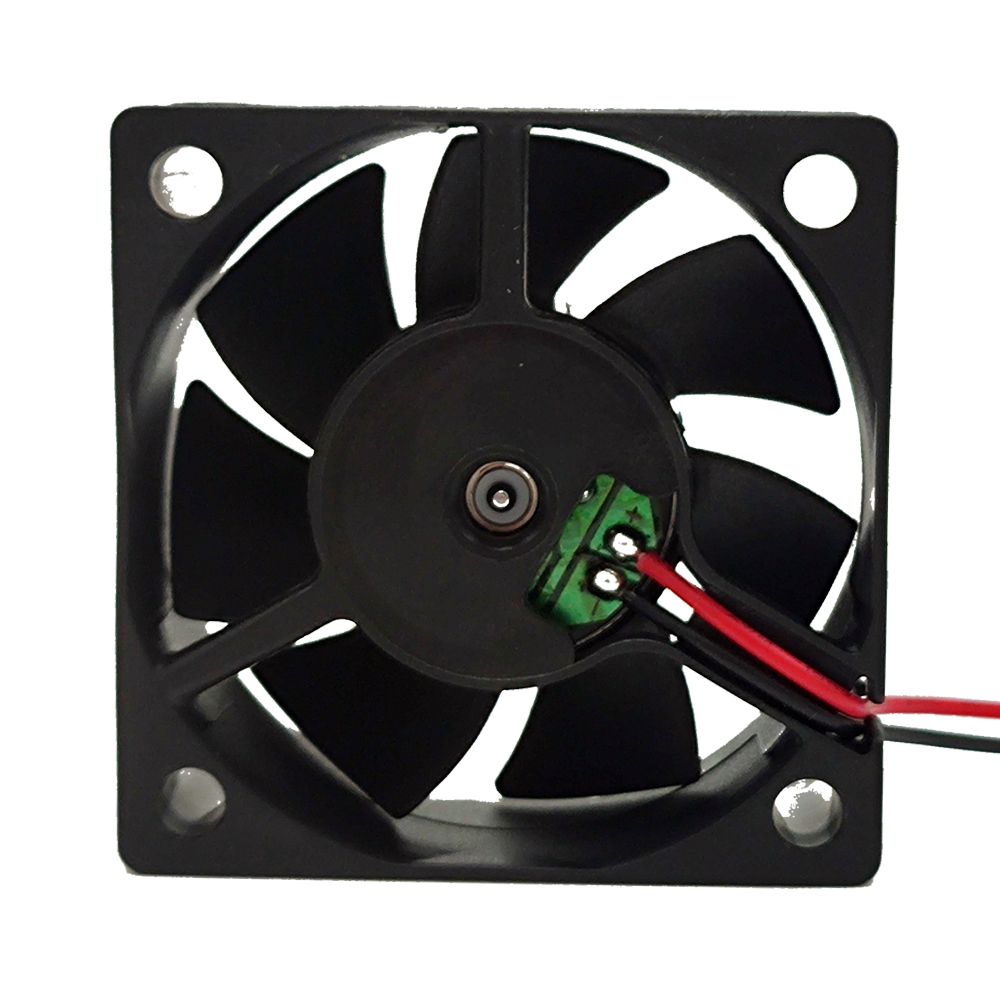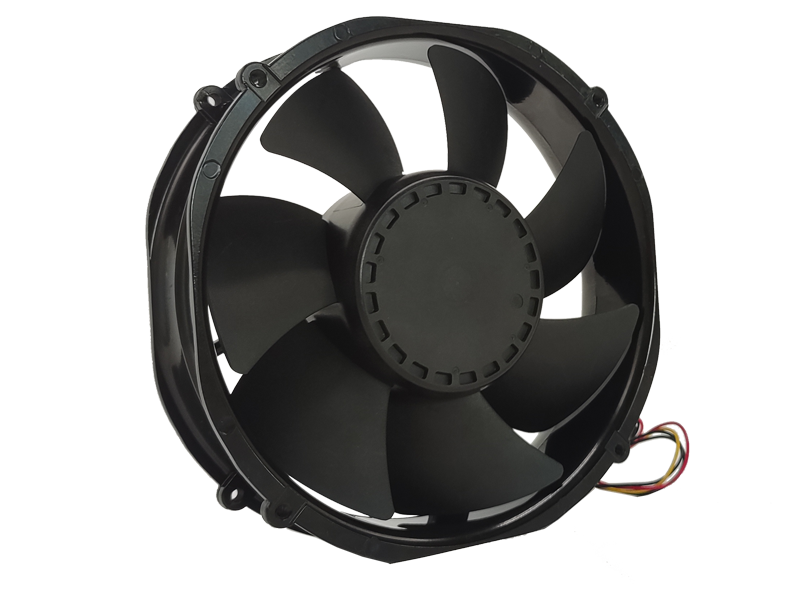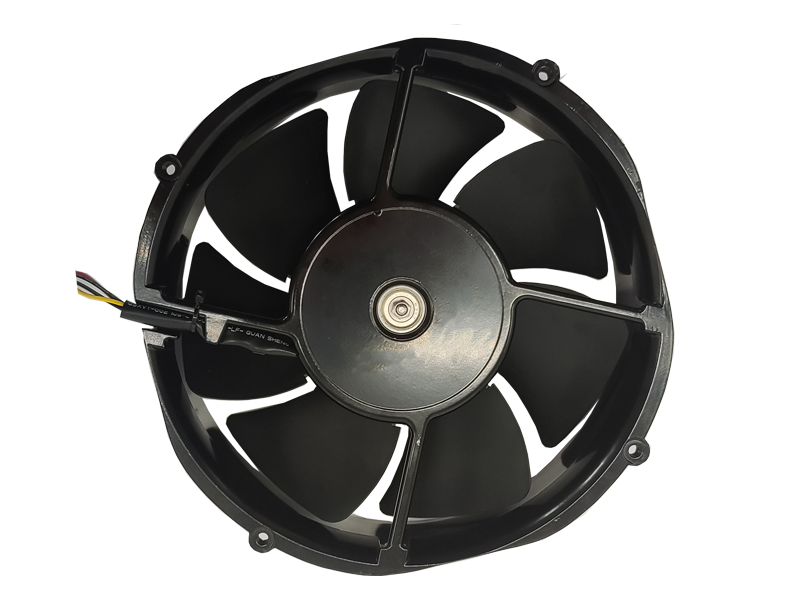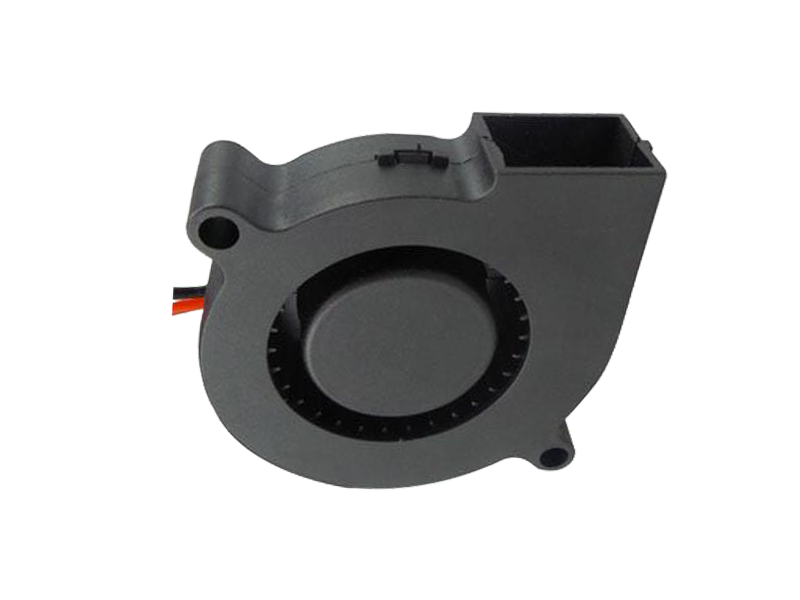In today’s fast-paced industrial world, maintaining a reliable and effective ventilation system is crucial for operational efficiency. Industrial fans, which play a significant role in ventilation, cooling, and air circulation, are a cornerstone of this process. However, selecting the right fan for your specific needs can be a daunting task, given the vast array of fan types, designs, and features available. This article provides a comprehensive guide on selecting the right industrial fan for your application, considering factors like airflow capacity, energy efficiency, operating conditions, and noise levels.
1. Understanding Industrial Fan Applications
Industrial fans are used across various industries to perform several essential functions, including:
Ventilation: Ensuring proper airflow within factories, warehouses, and commercial spaces, which helps to maintain air quality and temperature control.
Cooling: Dispersing heat from machinery, electronics, and employees, especially in environments that generate excessive heat.
Fume and Dust Extraction: Removing harmful particles and fumes from the air, particularly in industries like mining, metalworking, and chemical processing.
Drying and Humidity Control: In some applications, industrial fans are used to maintain or regulate humidity levels, especially in the agricultural, food, and paper industries.
Given the varied roles industrial fans play, choosing the right fan type and system is essential for ensuring efficiency and safety in your operation.
2. Types of Industrial Fans
The first step in selecting the right industrial fan is understanding the different types available and their specific applications. There are three primary categories of industrial fans: axial fans, centrifugal fans, and mixed-flow fans.

Axial Fans: These fans move air along the axis of the fan. They are ideal for high airflow, low-pressure applications. Axial fans are commonly used in ventilation and exhaust systems where air movement is the primary objective.
Centrifugal Fans: These fans are designed to move air at high pressures. They are ideal for situations where air needs to be moved through long ducts or against significant resistance, such as in air filtration systems or HVAC systems.
Mixed-Flow Fans: As the name suggests, mixed-flow fans combine the features of both axial and centrifugal fans. These fans are used in situations requiring moderate pressure and airflow, offering versatility and adaptability to various applications.
3. Factors to Consider When Selecting an Industrial Fan
When choosing an industrial fan, several factors must be considered to ensure that the fan selected meets the specific needs of your operation. These factors include:
Airflow Requirements: The first and most important factor in fan selection is airflow capacity. The amount of air that needs to be moved (typically measured in CFM, or cubic feet per minute) depends on the size of the space and the specific application. Ensure that the fan selected is capable of delivering the required airflow to maintain a safe and comfortable environment.
Pressure Requirements: Different applications require different pressure levels. While axial fans are best for low-pressure, high-volume applications, centrifugal fans are better suited for high-pressure, low-volume environments. Understanding your pressure needs is essential for selecting the right fan.
Energy Efficiency: Given the size and power requirements of industrial fans, energy efficiency is a critical consideration. Fans with variable-speed motors or those that can be controlled by automated systems often provide better energy efficiency and lower operating costs. Selecting energy-efficient fans can also reduce environmental impact.
Operating Conditions: The environment in which the fan will operate greatly influences its performance and lifespan. Industrial fans may be exposed to extreme temperatures, high humidity, chemicals, dust, or corrosive materials. Choosing fans made of corrosion-resistant materials or fans that are designed to operate in specific conditions is critical.
Noise Levels: Industrial fans can generate significant noise, which can be problematic in certain work environments. Noise levels vary depending on the type of fan and its operating speed. For environments that require low noise levels, such as laboratories or offices, selecting fans with noise-reducing features or low-noise designs is important.
4. Energy Efficiency and Cost Savings
Energy efficiency is one of the most important considerations when selecting an industrial fan. Fans that operate continuously or for long periods can consume a substantial amount of energy, contributing to higher operating costs. Opting for energy-efficient fans not only lowers energy consumption but also contributes to a more sustainable operation.
Variable Speed Drives (VSD): Many industrial fans now come with variable-speed drives, which allow the motor speed to be adjusted based on demand. This ensures that the fan operates at the most efficient speed, reducing energy consumption when full power is not required.
Efficient Motors: High-efficiency motors use less electricity to generate the same amount of power. When selecting a fan, check for fans with premium efficiency motors that comply with international energy standards.
5. Maintenance and Durability
Industrial fans are subject to wear and tear due to continuous operation in challenging environments. Choosing a fan that is easy to maintain and designed for durability can help extend its service life and reduce downtime due to maintenance.
Durable Materials: Fans made from corrosion-resistant materials, such as stainless steel or coated metals, are ideal for harsh environments.
Ease of Maintenance: Fans with easy-to-remove components or modular designs allow for quicker and easier maintenance, helping to minimize downtime and reduce maintenance costs.
6. Conclusion
Selecting the right industrial fan requires a thorough understanding of the fan types, operating conditions, airflow and pressure requirements, and energy efficiency. With the right fan, industries can achieve better ventilation, cooling, and air quality while reducing energy costs and improving safety and comfort. By considering these factors and consulting with experts, businesses can make informed decisions to select the best industrial fan for their specific application.
Recommended Products

The main purpose:Car charging station

The main purpose:Car charging station

The main purpose:Electronic refrigerators, water dispensers, direct drinking machines, inverter power supplies
Address:No. 4137, Longgang Avenue (Henggang Section), Henggang Community, Henggang Street, Longgang District, Shenzhen
hotline:13530005572(Chen)15112579390(Li)


Welcome all friends to come for consultation and negotiation.
Copyright 2024 @ Shenzhen Youneng Xinyuan Electronics Co., Ltd.,(industrial fans,industrial blowers,axial fans,cooling fans manufacturer,centrifugal fans,ac cooling fans,dc cooling fans)